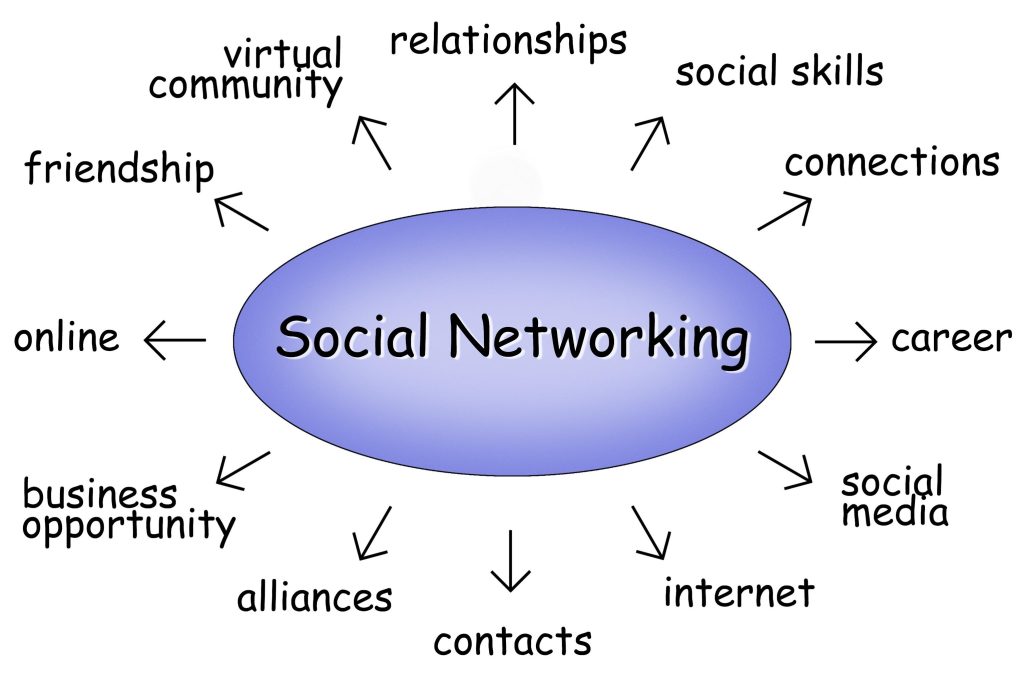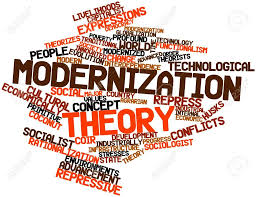We must first comprehend the communication technologies of the present day to comprehend them. Modernity is a state of being significantly influenced by the technologies we use to communicate and think, not just a period of time. Media theorist Marshall McLuhan encapsulated this key concept with the phrase “The medium is the message.” This implies that the medium itself shapes our social reality, mental processes, and knowledge organization, making the form—whether it is ink on paper or a bright screen—more significant than the information it conveys. Media ecology and the philosophical critique of technology are based on this idea.
The printing press marked the first significant step into modernity. By establishing uniformity, this technique helped to define the Renaissance and the Enlightenment. In his seminal work Imagined Communities, sociologist Benedict Anderson made the case that print capitalism created a common sense of time and identity, allowing millions of people who would never cross paths to envision themselves as belonging to a single nation—the quintessential modern collective. The print era fostered the modern, independent, logical individual and established the public sphere—a term used by philosopher Jürgen Habermas—as a forum for unbiased, critical discussion.
The era of electronic mass media, namely television and radio, began in the 20th century. These media were instantaneous, emotionally charged, and concurrently absorbed by millions. TV produced a sensory environment in contrast to the linear world of paper. While McLuhan looked forward to a unified “global village,” the critical Frankfurt School theorists, especially Max Horkheimer and Theodor Adorno, cautioned against a corporate-driven “Culture Industry.” They maintained that rather than being liberated, mass media concentrated power and influence, homogenizing culture and controlling the public through uniform entertainment, directly endangering critical thinking.
Today, we live in a state of hyper-modernity dominated by the internet and social media.

This new media is distinguished by overwhelming speed, decentralization, and interaction. In his book The Rise of the Network Society, sociologist Manuel Castells defined this change as the appearance of a multidirectional, fluid flow that radically transforms governance, consumption, and production. Scholars like Cass Sunstein, however, have drawn attention to the drawbacks, contending that the personalization made possible by the new medium produces “echo chambers” and “filter bubbles,” shattering the rational discourse that characterized earlier modernity and substituting it with individualized, frequently divisive realities.
One of modernity’s enduring philosophical conundrums is the “question of the medium.” The medium is an active force for social change and is never a neutral conduit. We must constantly ask ourselves as we observe the world: Are these technical instruments eventually giving us access to infinite knowledge and connections, or are they, by their very nature, destroying the idea of objective truth and fragmenting our shared reality? Being profoundly media literate and critically aware of the electronic surroundings they live in is the most important step for the modern person.
References:
Ferencik, J. (2021, May 7). Modernity: Universality and Rationality in Religion and Politics. Medium. https://jakubferencik.medium.com/modernity-universality-and-rationality-in-religion-and-politics-e7c74f597b08
(Ferencik, 2021)
Gutting, G. (1999). Introduction: The Question of Modernity. Cambridge University Press EBooks, 1–6. https://doi.org/10.1017/cbo9781139173247.001
(Gutting, 1999)
Gamze Gürler. (2025). Modernity and Medium Theory. Scribd. https://www.scribd.com/presentation/492621314/Modernity-and-Medium-Theory
(Gamze Gürler, 2025)
Snyder, S. L. (2016, May 20). Modernity | Globalization, Technology & Social Change. Encyclopedia Britannica. https://www.britannica.com/topic/modernity
(Snyder, 2016)

